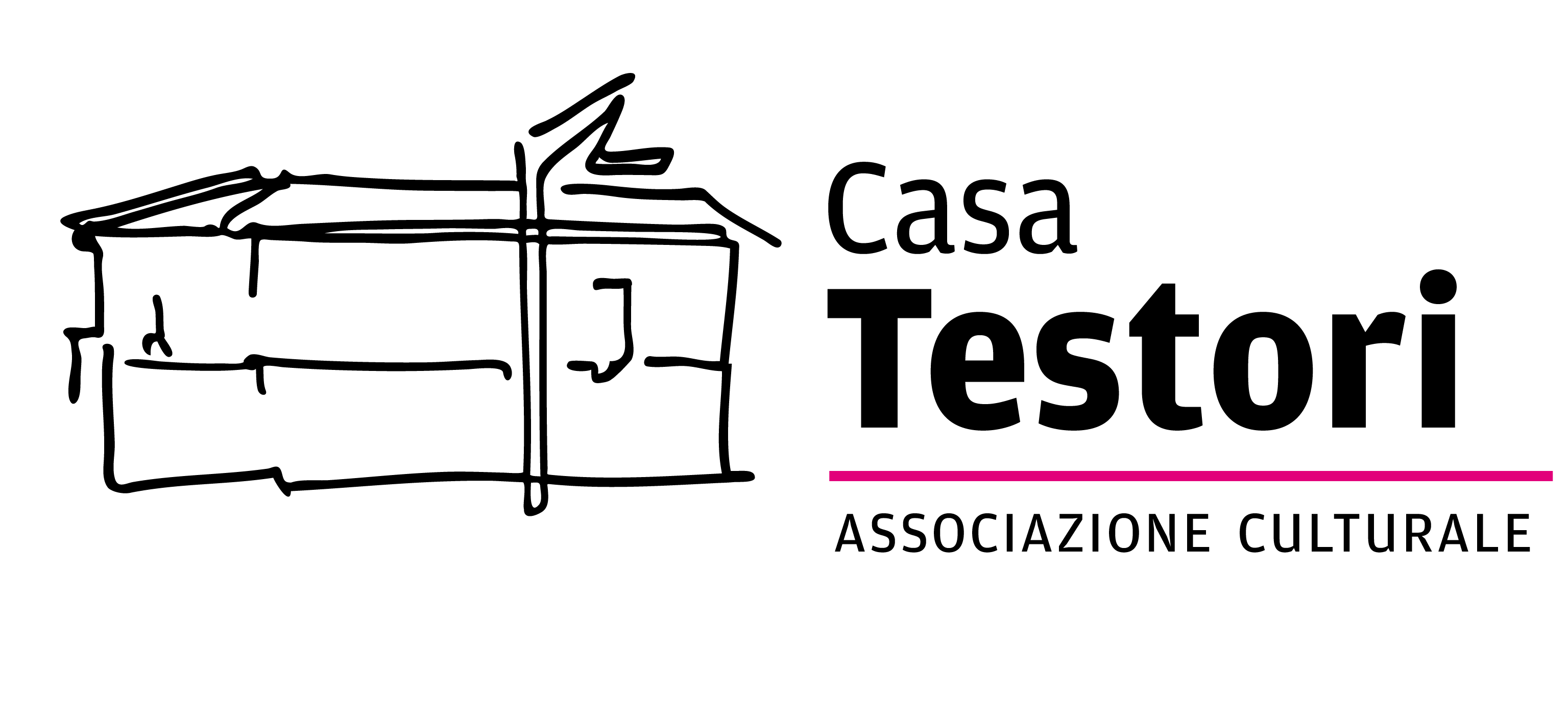Agne Raceviciute, born in Lithuania
From the spaces and times of the memory of her native land and of her grandparents, Agne Raceviciute’s quest assumes a different form, exploring individual movements and interpersonal relationships. Two monoliths are brought together by the title Schautrieb, a Freudian term that indicates a scopic pulsion and that embraces every way of seeing, being seen or seeing oneself. Moving away from the idea of the naivety or innocence of the observer’s eye, the artist investigates this condition, constructing a narration that unites reality and fiction. Thus the protagonist, immortalized in a life-size photo, generates images and thoughts that create a fluorescent lattice of connections. The representation of these trajectories and these relationships is the object of this investigation, and is part of a long-term project.
T-yong Chung, born in Korea
T-yong Chung’s sculpture is a perfect fusion between east and west, between origin and destination. Taking the classical canons of ancient statuary as its starting point, it seeks, with a removal of material far beyond traditional chisel work, the most extreme, and at the same time the most interior, limit of the object’s recognisability. A search for the essence carried out with constant tension as it strives to maintain an equilibrium that risks overbalancing at any moment, if too much or too little is taken away. The work presented at Casa Testori, in what was once Giovanni Testori’s study, is a double tribute to the house owner in a foreign language, offered both through a plaster bust and through a mask dominating the landscape from the balcony. The academic nature of the classical portrait is cancelled with the use of a sander, which enables the creation of a relationship between solids and voids. The image is to be completed, therefore, only through the observer’s memory or imagination. The lack of one part compels us to reconstruct, to activate our gaze. The person who once lived in these rooms is brought back by the artist.
Stefan Milosavljević, born in Serbia
Midnight Sunrise is a pair of iron rockets, painted in pastel colours. Its title evokes two natural moments that cannot coexist and refers to the artist’s childhood memories, and in particular to the light that follows the explosion of a bomb. The starting point, in this case too, is therefore the artist’s personal memories and his attempt to create a tangible testimonial to his memories of the war, after realizing that he has no actual proof of his presence at a historical moment of such importance. The colour of the sculptures derives, therefore, from his analysis of images in the public domain, photos of the Belgrade sky after bombing, and from a sampling of pixels and colours, creating a luminosity that evokes that of the sun, but taking place at a moment when everything is dark. Boom, just fireworks, his mother always said, to reassure Stefan during the bombings.

















































